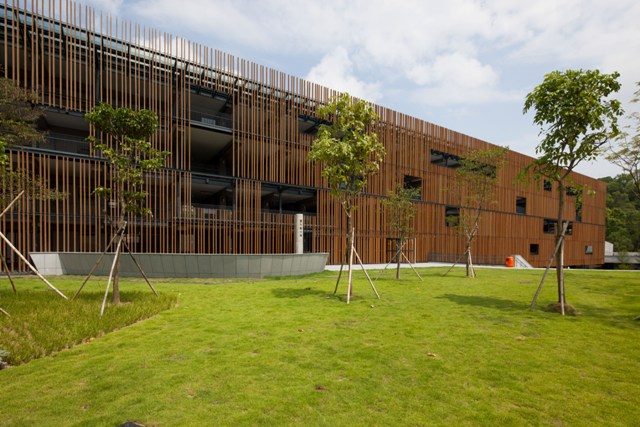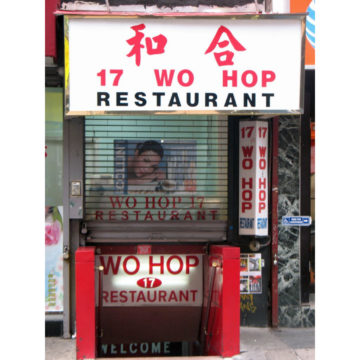
The results were the familiar curved eaves, colorful street lanterns, recessed balconies, and gilded facades that we associate with Chinatown.Ĭhinese San Francisco during the late 19th century was contained within a dozen or so square blocks. In an effort to save their community from being uprooted, Chinese leaders convinced municipal leaders and the neighborhood's white landlords that the "New" Chinatown should be rebuilt in a distinctive Oriental style that would attract more tourism and business.

After 1906 earthquake and fire reduced Chinatown to smoldering ashes, there was a movement by the Reconstruction Committee to move the Chinese to the outer reaches of the Richmond district. "Old" Chinatown, the enclave before 1906, was the subject of political debate for city politicians and officials who oftentimes deemed the area an eyesore and a health hazard.

However, the community remained at its original site, expanding its borders in all directions. Chinatown was centrally located on valuable real estate, a fact that contributed to many efforts to relocate the community or eradicate it all together. San Francisco Chinatown grew organically around Portsmouth Plaza, the city's first public square and civic center. The streets teemed with life as residents went about their daily business and outside visitors came to experience San Francisco's "Little Shanghai." Everything that a Chinese person needed or wanted was available within its dozen or so square blocks: work, food, benevolent associations, entertainment, newspapers, education, and religious houses were some of the many accessible amenities. While there are many Chinatowns across the United States and around the globe, San Francisco's Chinese community is the oldest, largest, and most visually recognizable urban Chinese American enclave.Īs more and more Chinese immigrants migrated into northern California in search of fortune and work, San Francisco Chinatown served as their home away from home, a comfortingly familiar place in an alien and oftentimes hostile land.Ĭhinatown during the nineteenth and early twentieth centuries was a vibrant and resilient community. The essay also describes the challenges San Francisco's Chinese community faced from the city's white politicians and residents. This short essay describes the origins of San Francisco's Chinatown, as well as some of its major economic, political, and social facets.

Military History and the LGBTQ+ Community.Two Wings of the Same Bird: Cuban Immigration and Puerto Rican Migration to the United States.Why They Fought: Ordinary Soldiers in the Civil War.Expansion at the Turn of the Twentieth Century Early Twentieth Century Mexican Immigration to the U.S.



 0 kommentar(er)
0 kommentar(er)
